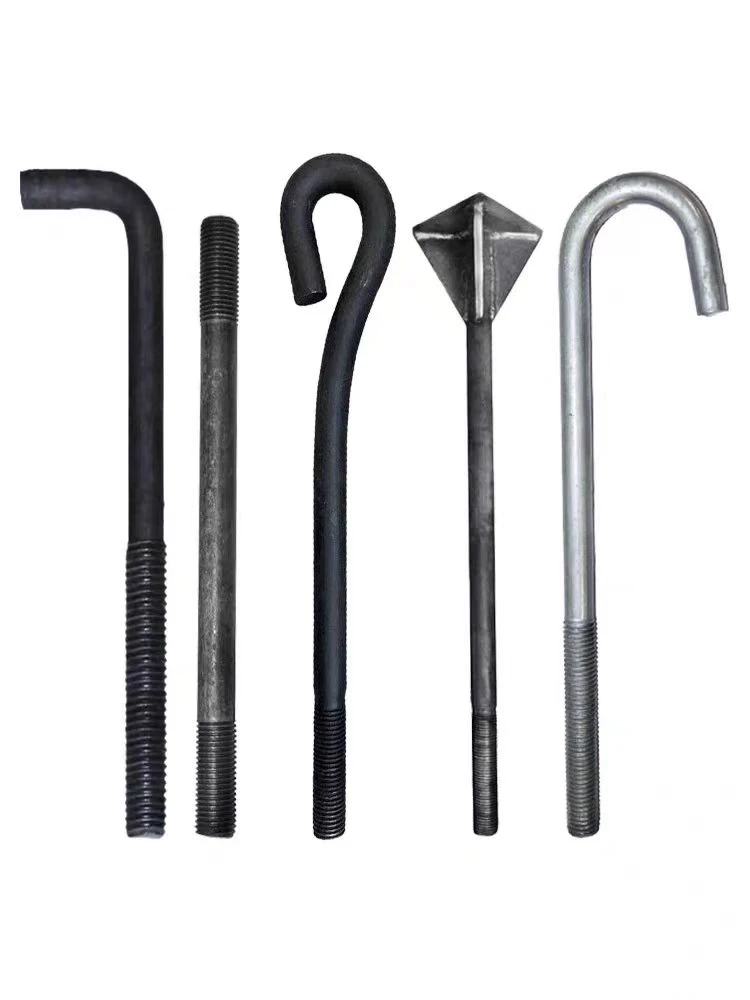

Self-Tapping Screws for Attaching Metal to Wooden Surfaces Effectively and Easily
Th11 . 28, 2024 05:08 Back to list
Self-Tapping Screws for Attaching Metal to Wooden Surfaces Effectively and Easily
Self-Tapping Screws A Comprehensive Guide for Metal to Wood Applications
When it comes to fastening materials, especially in projects involving metal and wood, self-tapping screws are invaluable tools. These screws are designed to create their own hole as they are driven into the material, allowing for a strong, secure fit without the need for a pre-drilled hole. This makes them ideal for a variety of construction and woodworking applications. In this article, we will explore the unique features of self-tapping screws, their benefits when used in metal to wood applications, and essential tips for effective use.
What Are Self-Tapping Screws?
Self-tapping screws are fasteners that have a sharp tip and a unique thread design, enabling them to effortlessly penetrate both soft and hard materials. Typically made of steel, stainless steel, or other durable alloys, these screws come with different coatings to prevent corrosion, making them suitable for outdoor use. The ability of these screws to tap their own threads as they are driven in makes them ideal for applications that combine dissimilar materials, such as metal and wood.
Benefits of Using Self-Tapping Screws for Metal to Wood
One of the primary advantages of self-tapping screws is their efficiency. Since they do not require pilot holes, they save time and effort during assembly. This is particularly beneficial in construction or home improvement projects where multiple fasteners are needed. The ability to securely fasten metal components to wooden structures without the tedious pre-drilling process can significantly speed up the project timeline.
Another advantage is their superior holding power. When a self-tapping screw is used, it creates a mechanical bond with the wood while also threading through the metal. This dual engagement ensures that the fastened assembly can withstand considerable stress and weight, making it particularly suitable for frameworks, cabinets, and outdoor structures.
Moreover, self-tapping screws are designed to resist stripping and provide a more reliable connection, which is crucial when working with mixed materials
. This resistance is attributed to their specific thread design and the materials they are made from, which enhance their overall strength and durability.self tapping screws metal to wood

Tips for Effective Use
1. Choosing the Right Type Self-tapping screws come in various sizes and designs. When fastening metal to wood, select screws with fine threads for wood and coarse threads for metal. This pairing enhances grip and ensures a solid connection.
2. Pilot Hole Recommendation Although self-tapping screws are designed to eliminate the need for a pilot hole, in some cases—especially with thicker metals or hardwoods—it may be beneficial to drill a pilot hole to ease installation and reduce the risk of damaging materials.
3. Use the Right Tools Utilize a power drill with adjustable torque settings for driving self-tapping screws. This will help prevent over-tightening, which can strip the screw or damage the material.
4. Consider the Environment If the application is outdoors or in a humid environment, choose self-tapping screws with corrosion-resistant coatings, like zinc plating or stainless steel, to prolong their lifespan and maintain structural integrity.
5. Follow Manufacturer Guidelines Always check the manufacturer’s recommendations regarding screw specifications and load limits based on the materials involved in your project.
Conclusion
Self-tapping screws are an efficient and effective solution for fastening metal to wood. Their ease of use, durability, and strong holding capacity make them a favored choice for builders, carpenters, and DIY enthusiasts alike. By understanding the properties of these screws and applying best practices during installation, you can ensure successful outcomes in your projects, leading to a well-constructed and lasting assembly. Whether you're building furniture, framing a structure, or embarking on complex repairs, self-tapping screws will serve as reliable allies in your toolbox.
Latest news
-
Similarities and Differences Between Plain Washer and Spring Washer - Fastener Comparison Guide
NewsJun.10,2025
-
Effortless Installation Self-Drilling Window Screws - Fast, Secure, and Durable Fasteners
NewsJun.10,2025
-
Self Drilling Stucco Screws for Fast, Secure Installation Self Tapping & Self-Tapping Fasteners
NewsJun.10,2025
-
Premium Hot Dipped Galvanized Self Tapping Screws - Durable Corrosion Resistance
NewsJun.09,2025
-
Discover M12 Weld Stud Benefits & Applications Guide
NewsJun.09,2025
-
M25 Stainless Steel Washers High-Durability Fasteners for Corrosion Resistance
NewsJun.09,2025

